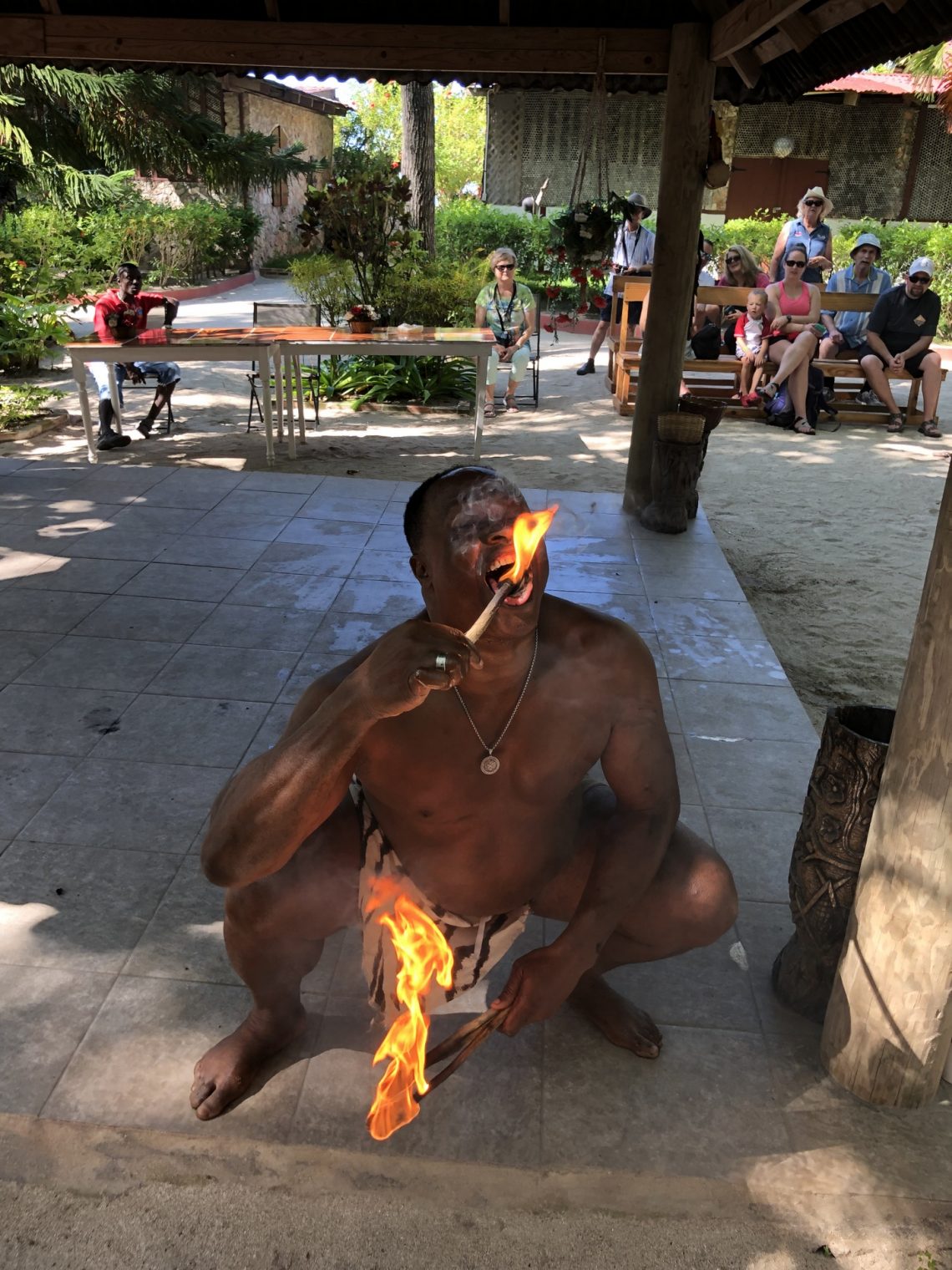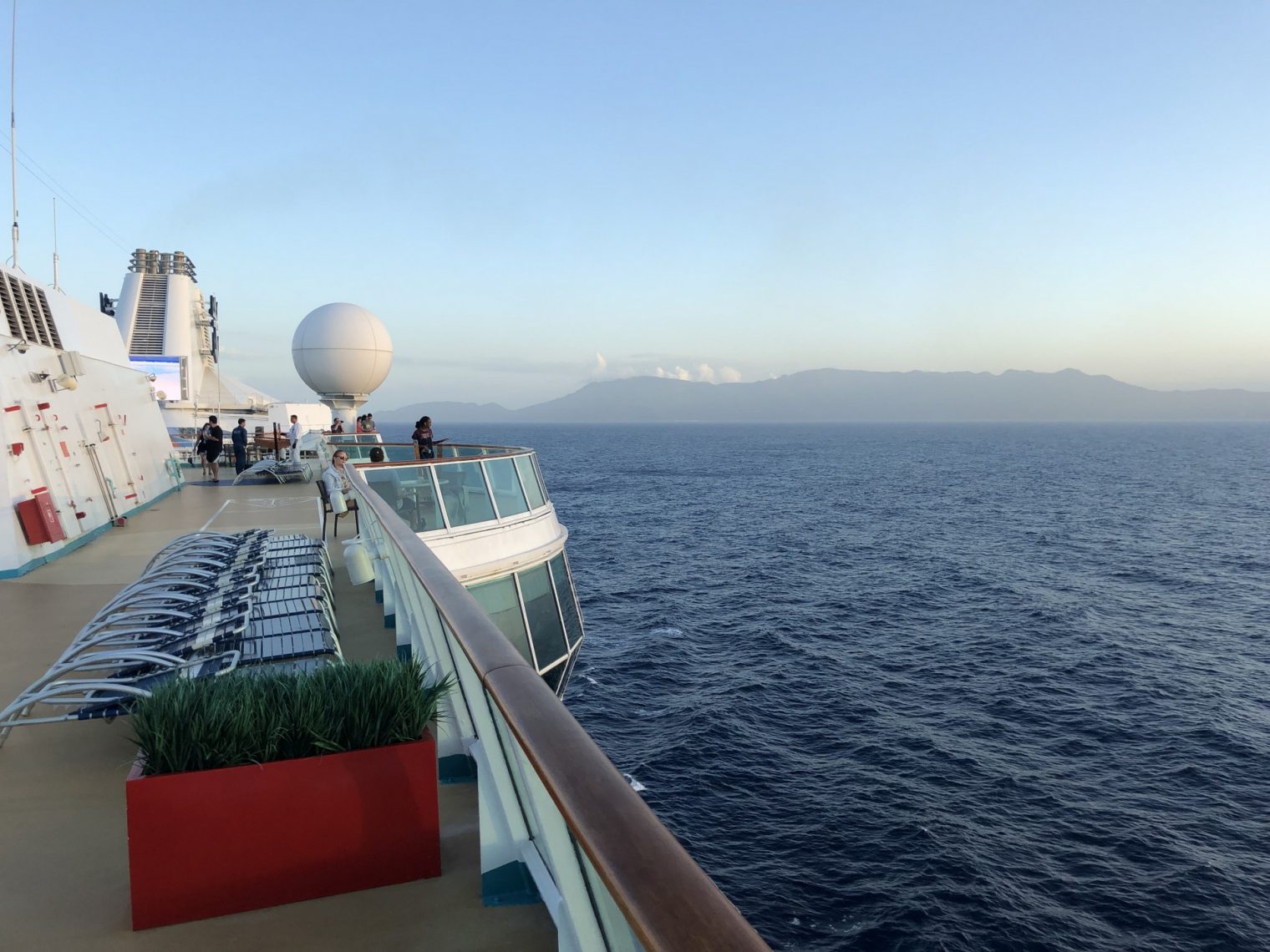We accept asylum-seekers because it is our moral duty, or so we are informed. Yet, as a practical matter, most of the people who can request asylum are those who are physically tough enough to travel to our southern border and then live under a bridge for a while. See “Thousands of Migrants Huddle in Squalid Conditions Under Texas Bridge” (NYT, 9/16/2021):
The temporary camp in Del Rio has grown with staggering speed in recent days during a massive surge in migration that has overwhelmed the authorities.
The U.S. Border Patrol said that more than 9,000 migrants, mostly from Haiti, were being held in a temporary staging area under the Del Rio International Bridge as agents worked as quickly as they could to process them.
The temporary camp has grown with staggering speed in recent days, from just a few hundred people earlier in the week. The authorities and city officials said they expected thousands more to cross the ankle-deep river between Mexico and Del Rio in coming days.
The Southwest border has been inundated in recent months with a surge in unauthorized crossings not seen in more than two decades. More than 200,000 people crossed last month, bringing the total this fiscal year to more than 1.5 million.
The vast majority of those who arrived appeared to be fleeing Haiti, the Caribbean country still reeling from a series of natural disasters and the assassination in July of its president, Jovenel Moïse, local officials said.
If people have the right to live in the U.S. because they formerly lived in Haiti (incorrectly characterized as a less than awesome place by Donald Trump), isn’t it our moral duty to send Airbus A380s every hour to Toussaint Louverture International Airport and bring 900 people, potentially elderly and infirm, to IAD, SFO, ORD, LAX, and other airports in the U.S. that are near Americans who express a sincere desire to help migrants (e.g., with lawn signs)?
From Labadee port guide, an image of the hardship that I witnessed first-hand in Haiti. A toothbrush shortage leads to unorthodox methods of dental hygiene:
We were able to flee:
More seriously… why not an airlift of anyone from Haiti who wants to request asylum? If even one Haitian has a moral right to live for the rest of his/her/zir/their life here in the U.S. (in means-tested public housing, let’s hope!), why shouldn’t that right extend to all Haitians equally? We don’t have any reason to believe that the people who walked across the Rio Grande and are now living under the bridge are morally superior to those who stayed behind in Haiti (or Tapachula; see below), do we?
The Los Angeles Times says that we might want to set up a permanent hotel underneath the bridge… “Tens of thousands of Haitian migrants are trapped in southern Mexico”:
TAPACHULA, Mexico — Psyching themselves up for a 1,000-mile journey, hundreds of migrants gathered near the central plaza of this southern Mexican city and broke into a chant: “U.S.A.! U.S.A.!”
This sweltering city near the Guatemalan border has become a vast open-air detention camp, a dead end for as many as 50,000 migrants who scramble daily to pay for food and shelter as they mull new strategies to break out and get to the United States.
Their presence here is so ubiquitous that the city can seem like a slice of the Caribbean. Haitians line up at banks, aid agencies and cellphone shops. They hang out in the central plaza. Street markets, cafes and hair salons have sprung up to serve them. Haitian music blares from storefronts.
The Haitians here are not fleeing in the aftermath of last month’s earthquake or the July assassination of the country’s president.
Rather they are among the 250,000 Haitians who left their homeland after the devastating 2010 earthquake there and settled in Chile or Brazil. Both those countries have suffered steep economic declines during the pandemic, sparking the current exodus.
The journey to Mexico is epic, but the goal is to reach the United States — where the Biden administration is already trying to figure out what to do about an encampment of thousands of migrants, mostly Haitians, outside of Del Rio, Texas.
The economics of this aren’t important because we have framed providing asylum as a moral issue. However, the dollar figures can still be interesting… We are assured by our ruling elite that low-skill migrants make everyone in the U.S. richer (disagreeing with a Harvard prof). Will we get rich off the 11,000 Haitians at the bridge and the 50,000 who are right behind them? The CIA says that Haitians are roughly 50 percent more economically successful than Afghans (generating GDP of roughly 1/20th the American per capita average compared to 1/30th for Afghans). So, under our current political logic in which the lower the skill the more economically valuable the person, one million Haitian migrants will not make us quite as rich as one million Afghan migrants.


Remember when Trump wanted $11B to build a border wall that would reduce illegal immigration, but the DC swamp said they couldn’t afford it? Now team Xiden wants $105B to give to illegal immigrants. If immigration so great for the economy, then why does it cost so much?
Socialize the costs, privatize the profits. If there is a standing army of healthy, mostly unemployed migrants, they can be hired for low wages to harvest fruit for a couple of months per year.
Seasonal agricultural work is always trotted out as a pro-migration argument. I don’t see why children could not pluck apples for two weeks, they have unlimited energy and many of them might love that salary (I would not have minded to climb trees for two weeks as a a child).
The danger of course is that they might lose weight and CDC employees designing emergency programs might lose their jobs.
Perhaps France should build some nuclear-powered passenger submarines and help the Haitian migrants arriving in Texas find their way back to sub-Saharan Africa traveling beneath the sea. I note that Haiti is one of the few hellholes I’ve seen recently that Wikipedia deems important enough to talk about its gene pool ( https://en.wikipedia.org/wiki/Haiti#Population_genetics ). Of course, they are also 89.6% Christian, so they will have a difficult time integrating into modern France, which is now only 58.9% Christian and increasingly Muslim.
Still, not even the Cherokee Native Americans get that kind of genetic detail in Wikipedia ( https://en.wikipedia.org/wiki/Cherokee ). This suggests that Elizabeth Warren may want to try claiming some Haitian heritage now. Is there any money in it for her?
I don’t think even Sean Penn was bold enough to try that while walking around Haiti with a gun in his belt back in 2012, when he said: “My job is to help people get the future they want to have,” he said.
https://www.csmonitor.com/World/Making-a-difference/Change-Agent/2012/0423/Actor-activist-Sean-Penn-says-he-s-in-Haiti-for-the-long-haul
Here’s a view from inside the camp:
https://twitter.com/CIS_org/status/1438812405275013121
It’s starting to look like a Haitian San Francisco!
NYT – “The Haitians here are not fleeing in the aftermath of last month’s earthquake or the July assassination of the country’s president…Rather they are among the 250,000 Haitians who left their homeland after the devastating 2010 earthquake there and settled in Chile or Brazil. ”
How does the NYT know from which earthquake the current cluster of Haitian immigrants has fled? So, is the NYT telling me that the teenage Haitian males I see in the recent Del Rio photos fled Haiti for Chile and Brazil when they were pre-pubecents eleven years ago? If so, then we should be welcoming a bunch of talented Haitians with unique bi-lingual language skills.
I’m guessing Chile and Brazil are very happy to send off their Haitian visitors to the USA.
Chileans and Brazilians don’t want to get rich via low-skill immigration, apparently. They’re determined to remain comparatively poor, like the Europeans who now resist migrants and build fences, etc.
An unbelievable sight. With all yhose mega churches in Texas. Where are they at. Our government come on. Talking about putting them on planes and sending back. What a nightmare
First world problems
We vacationed this year in Mexico because they’d let us in, and more to the point, let us out. This floated to top of mind because we happened to be on the third-to-last flight to depart Lima — Delta 150 — prior to the midnight closure by Presidential decree in March 2020. Walking past the waiting ‘space available’ folks to take our reserved seats was…memorable.
But where in Mexico?
Cancun? Done
Tulum? Too spendy
Tapachula? Too…too…ah…too…
Puerto Escondido? Hmm…
I had a Haitian tenant. Worked as a CNA, paid on time, kept her apartment clean as a hound’s tooth, closely supervised her kids (kept them out of the street culture), made eyes at me. What’s not to like?
Her English was serviceable even if charmingly accented. I’m guessing French/Creole speaking refugees didn’t integrate too well in Hispanophone Chile and Lusophone Brazil. Maybe they’ll fare better in the obdurately Anglophone Estados Unidos de America.